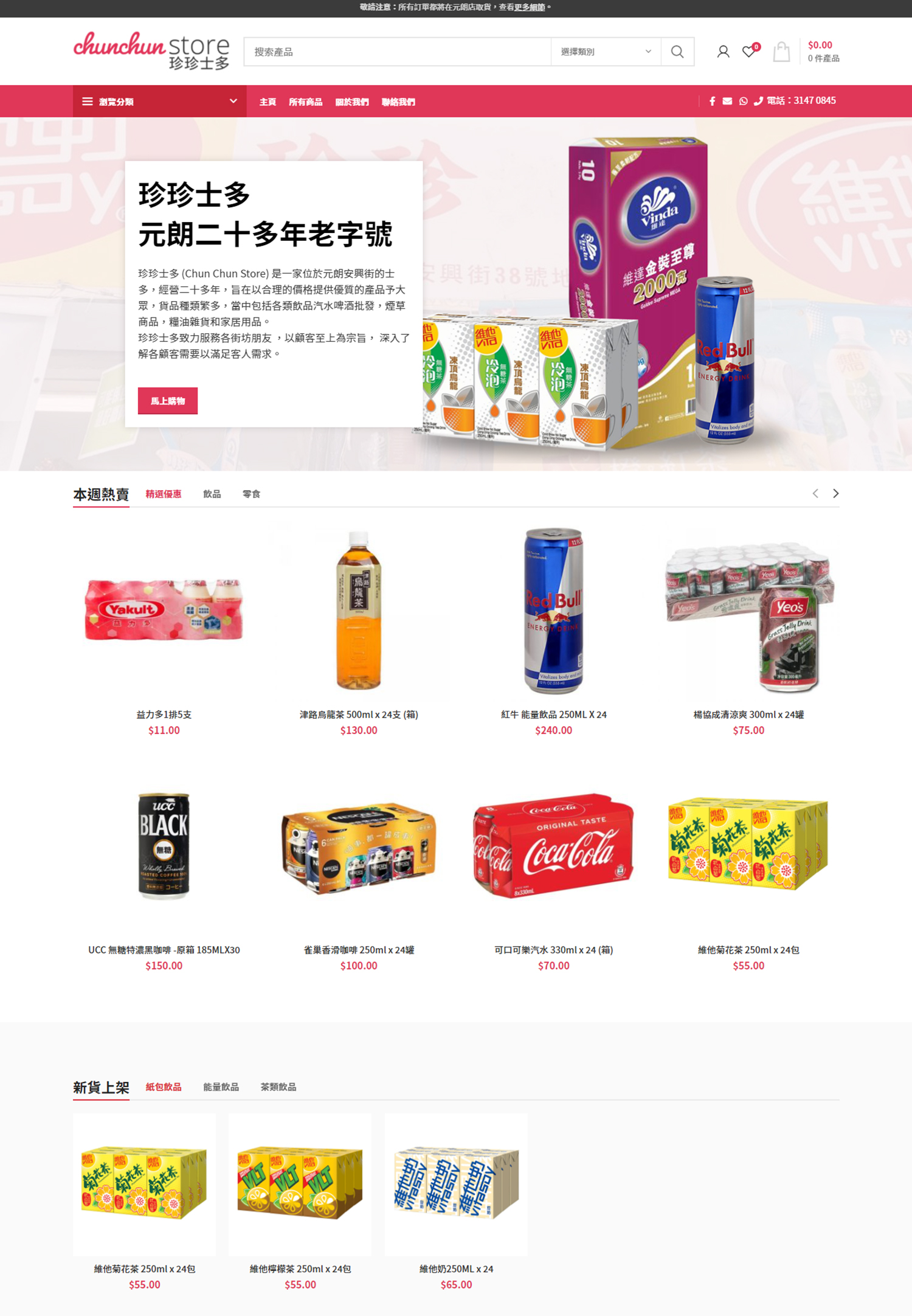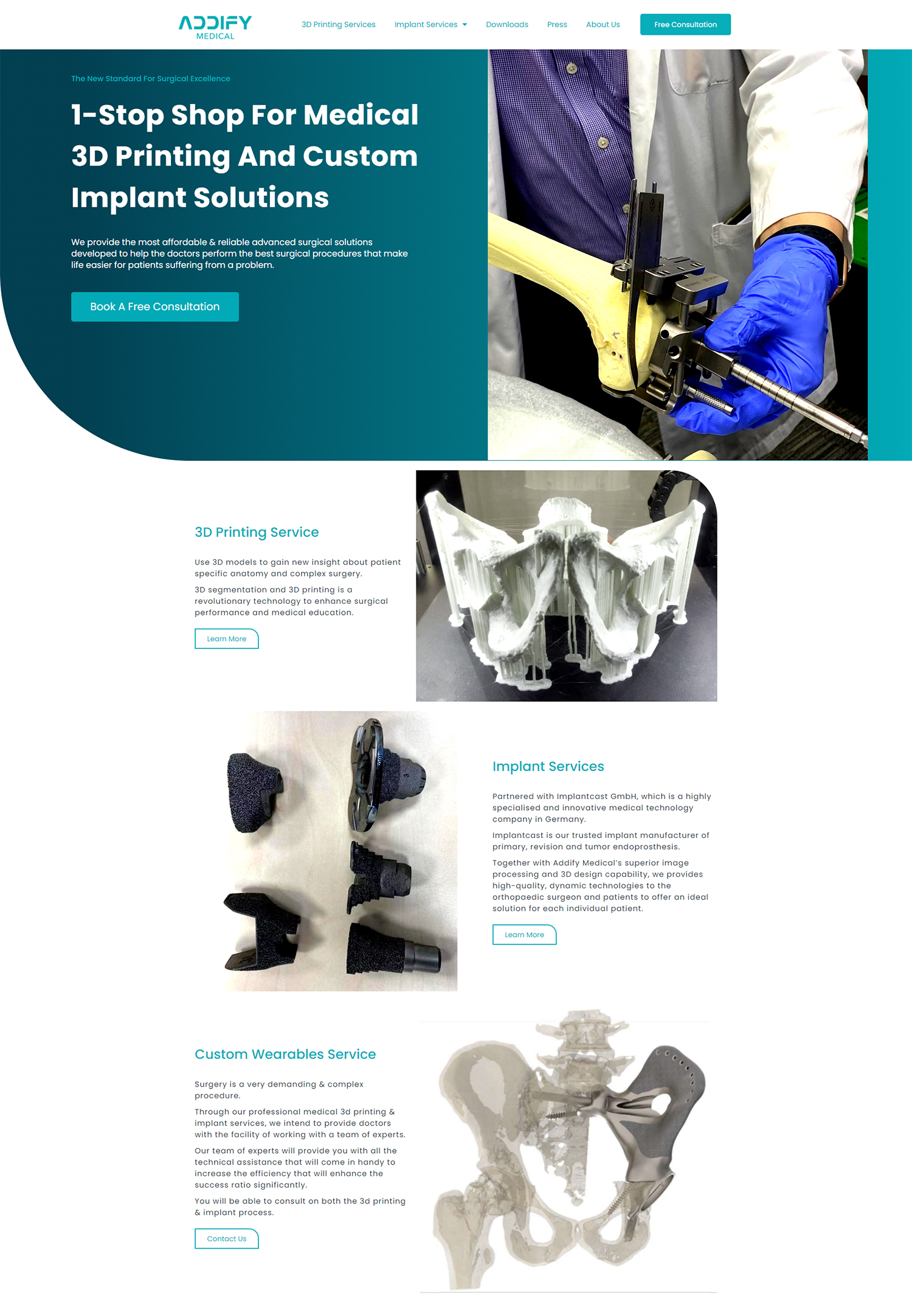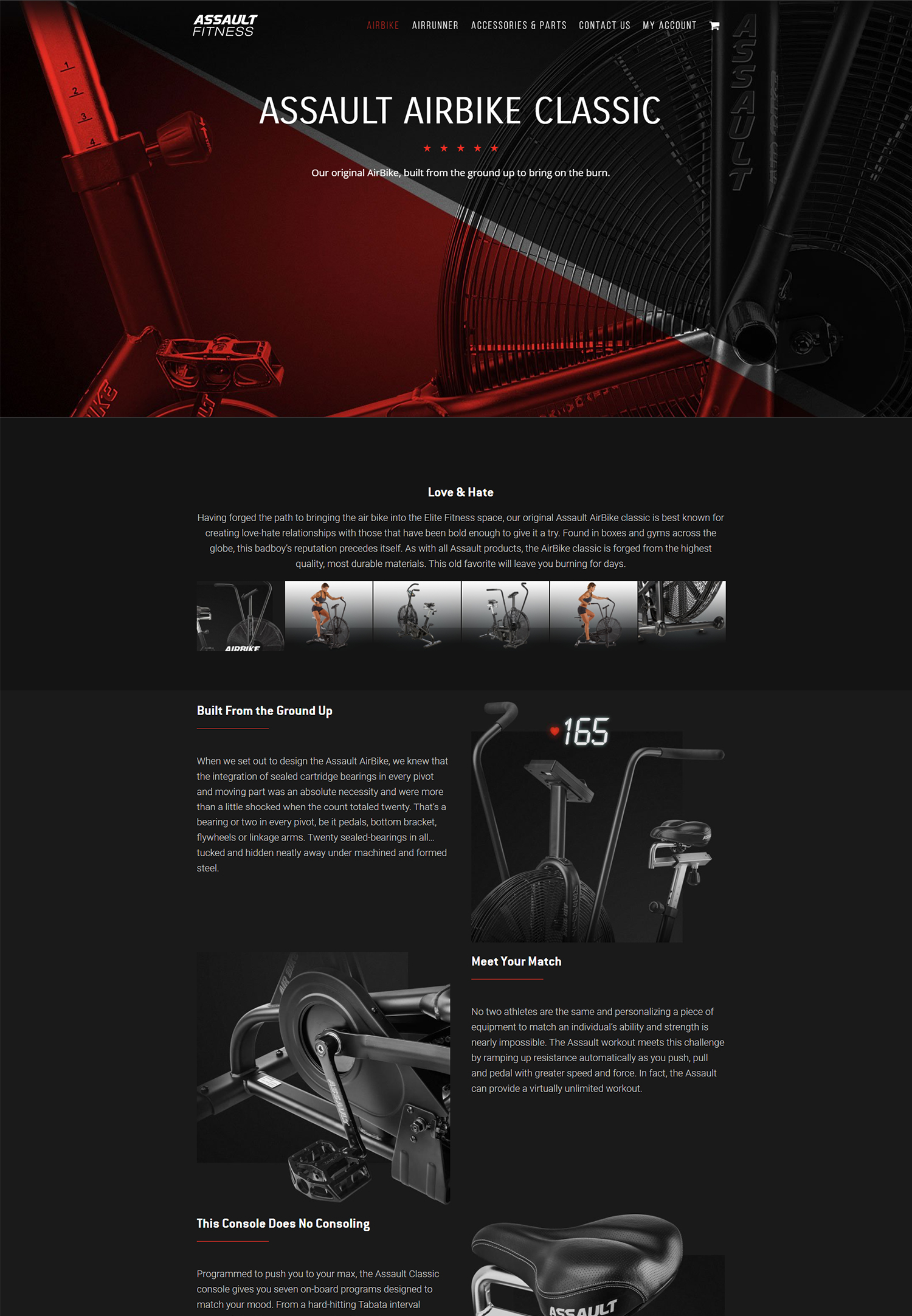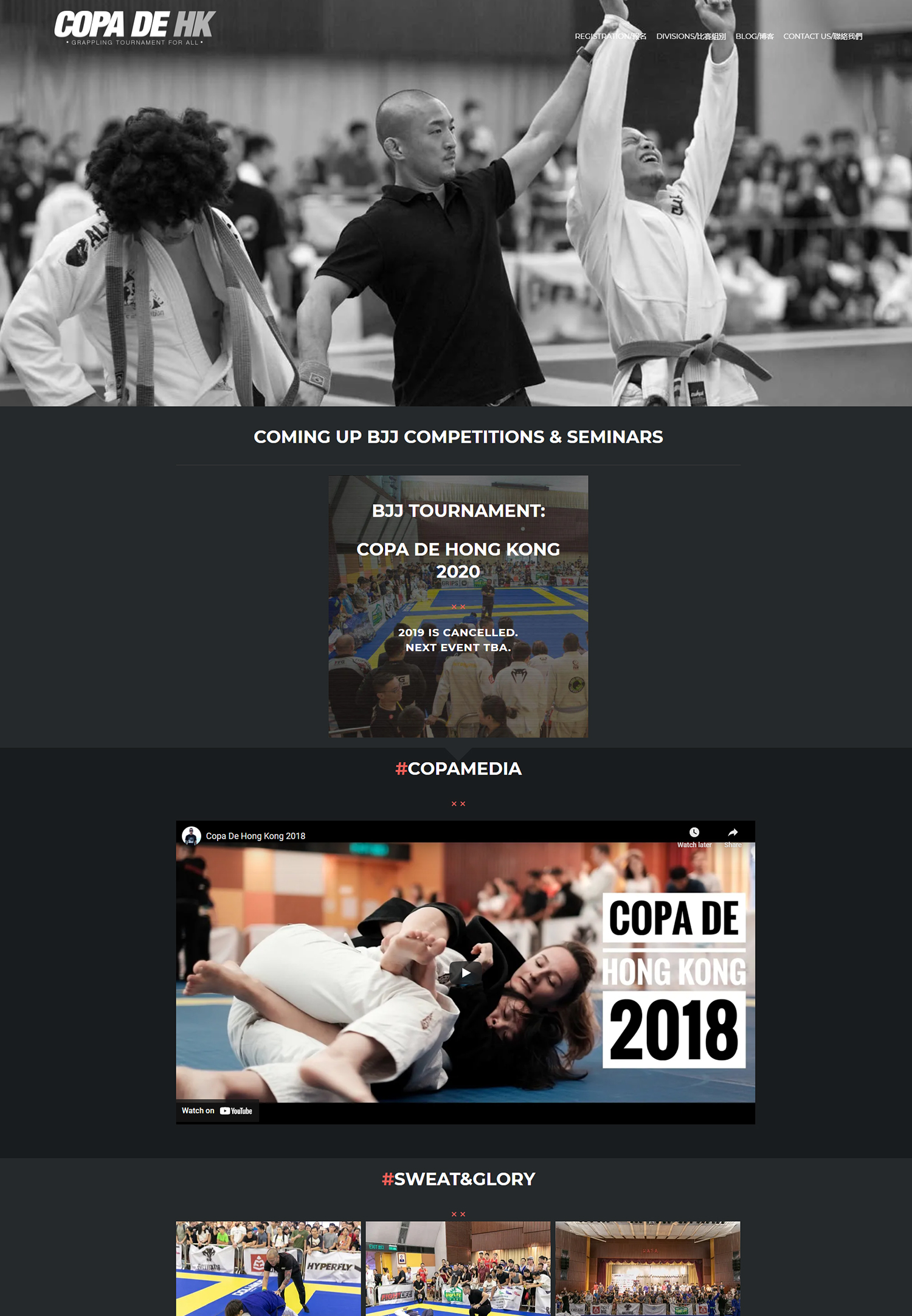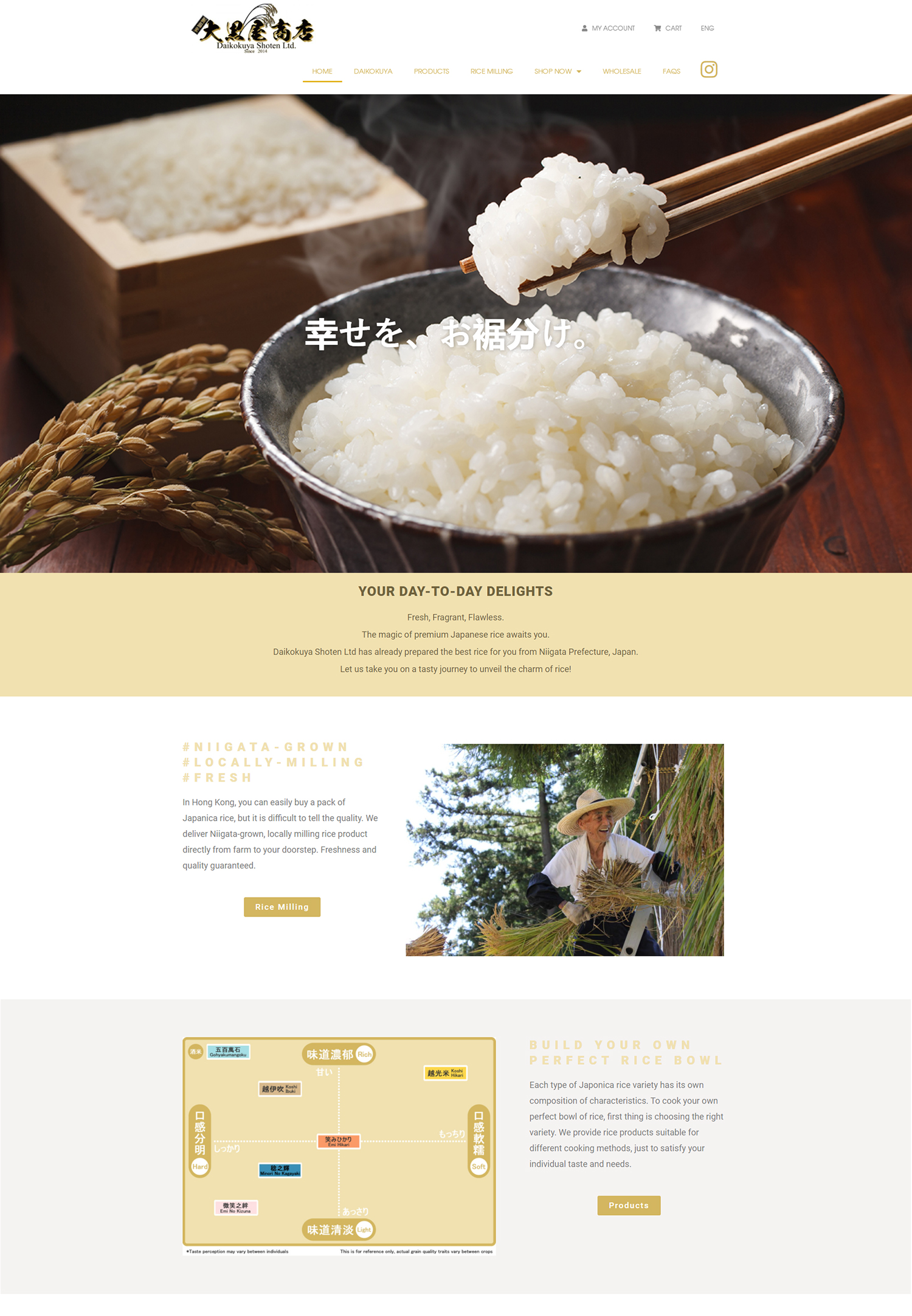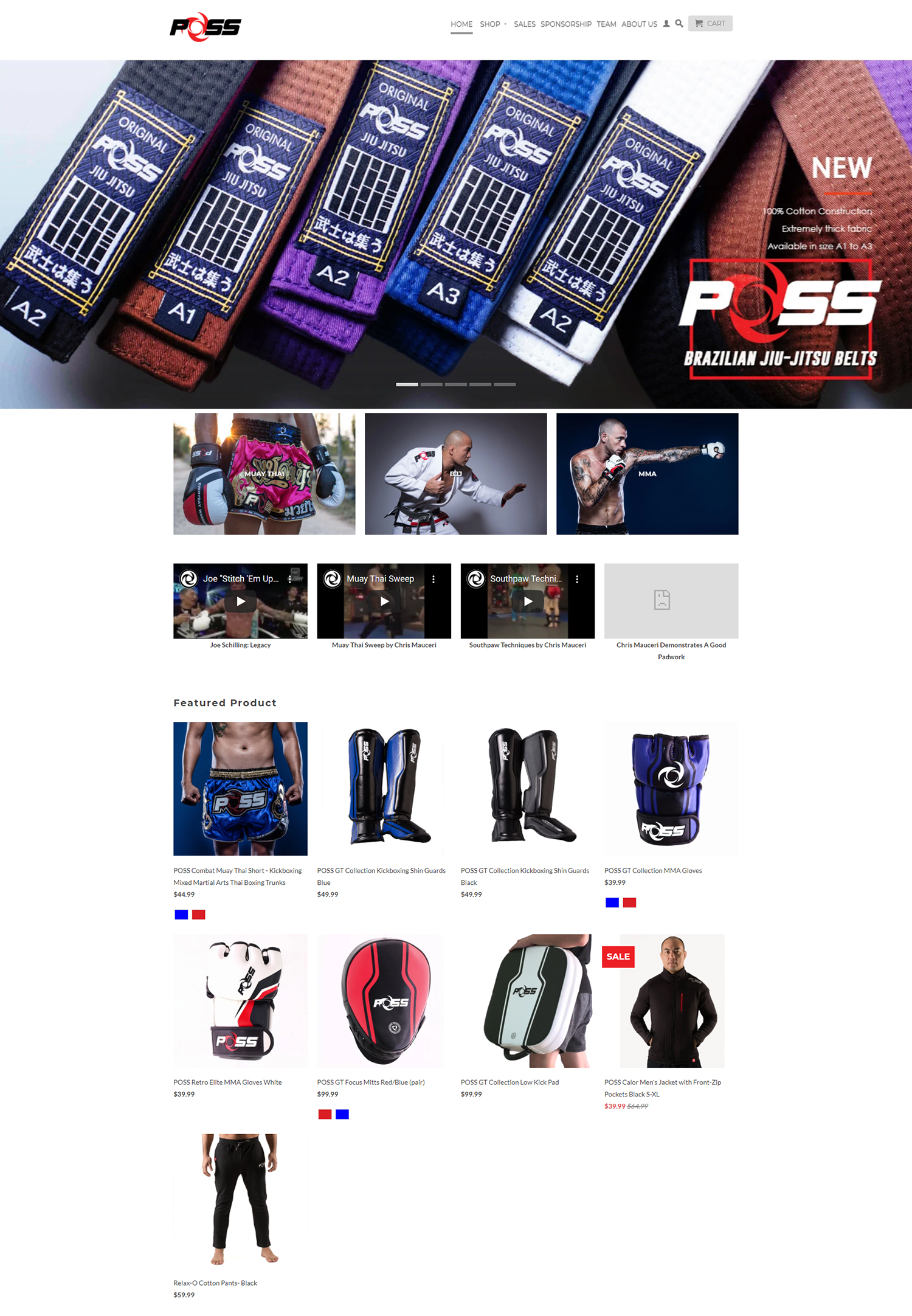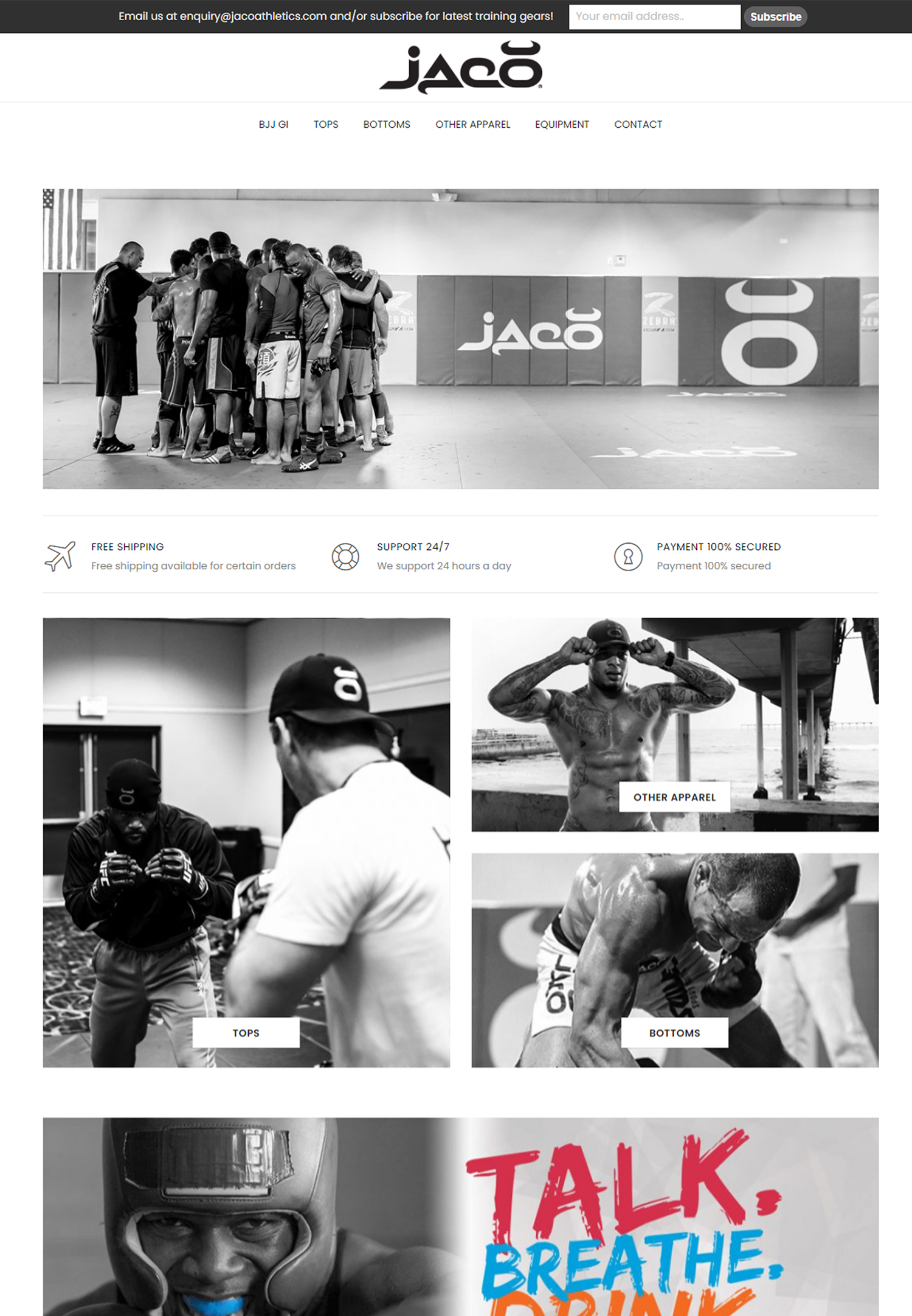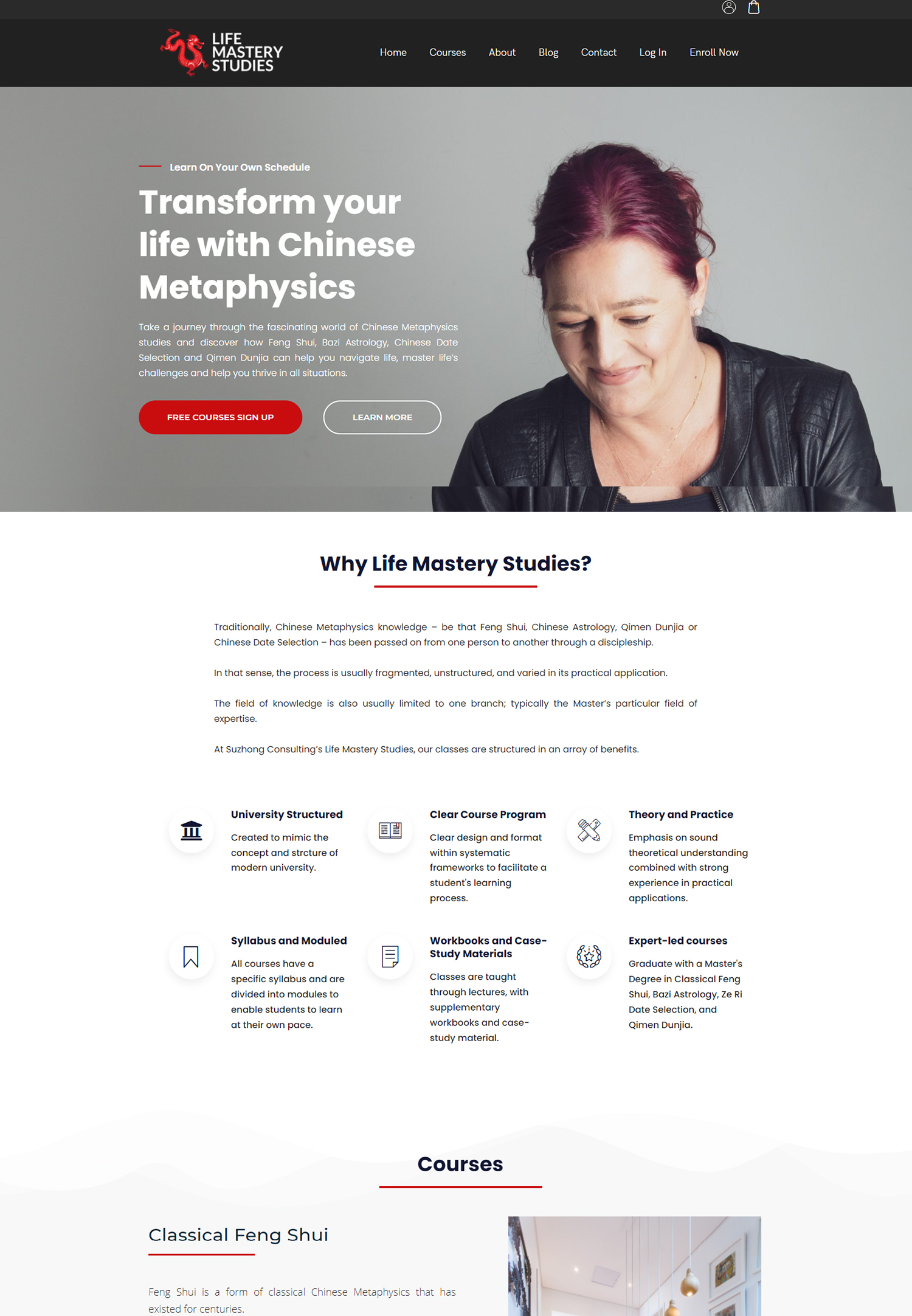In the ever-evolving landscape of digital marketing, the importance of Search Engine Optimization (SEO) cannot be overstated. As we navigate through the complexities of online visibility, we recognize that an SEO audit serves as a crucial tool for assessing the effectiveness of our strategies. An SEO audit checklist provides us with a structured approach to evaluate our website’s performance, identify areas for improvement, and ultimately enhance our search engine rankings.
By systematically analyzing various components of our online presence, we can ensure that we are not only meeting current SEO standards but also adapting to future trends. Conducting an SEO audit is akin to taking a health check-up for our website. Just as we would consult a doctor to understand our physical well-being, we must also assess the digital health of our online platforms.
This checklist will guide us through the essential elements that contribute to a successful SEO strategy. From on-page factors like content and keywords to off-page elements such as backlinks and social signals, each aspect plays a vital role in determining how well our website performs in search engine results. By following this comprehensive checklist, we can gain valuable insights into our strengths and weaknesses, paving the way for informed decision-making and strategic enhancements.
Key Takeaways
- An SEO audit checklist is essential for evaluating and improving a website’s search engine optimization.
- On-Page SEO checklist includes optimizing meta tags, headings, content, and internal linking.
- Off-Page SEO checklist involves assessing backlinks, social signals, and online reputation management.
- Technical SEO checklist covers website speed, mobile-friendliness, crawl errors, and XML sitemap.
- Content optimization checklist focuses on keyword research, content quality, and user engagement metrics.
On-Page SEO Checklist
Optimizing Title Tags
One of the first steps in our on-page SEO checklist is to ensure that each page has a unique and descriptive title tag that accurately reflects the content. This not only helps search engines understand what the page is about but also entices users to click through from search results.
Meta Descriptions and Headers
In addition to title tags, we should pay close attention to meta descriptions. These brief summaries appear beneath the title in search results and serve as a compelling invitation for users to visit our site. Crafting engaging meta descriptions that incorporate relevant keywords can significantly improve our click-through rates. Furthermore, we must ensure that our headers (H1, H2, H3) are structured logically and include targeted keywords. This hierarchy not only aids in readability but also signals to search engines the main topics covered on the page.
Content Quality and Image Optimization
Another critical aspect of on-page SEO is content quality. We must strive to create informative, engaging, and original content that addresses the needs and interests of our target audience. Incorporating relevant keywords naturally throughout the text can enhance our chances of ranking higher in search results. Additionally, we should consider optimizing images by using descriptive file names and alt tags, which can improve accessibility and provide additional context for search engines.
Off-Page SEO Checklist
While on-page SEO focuses on elements within our website, off-page SEO encompasses all activities that occur outside of it but still impact our rankings. One of the primary components of our off-page SEO checklist is link building. We need to cultivate high-quality backlinks from reputable websites within our industry.
These links act as endorsements, signaling to search engines that our content is valuable and trustworthy. Engaging in guest blogging, collaborating with influencers, and participating in industry forums are effective strategies for acquiring these valuable backlinks. Social media presence also plays a significant role in off-page SEO.
By actively sharing our content across various platforms, we can increase its visibility and drive traffic back to our website. Engaging with our audience through comments, shares, and likes not only fosters community but also enhances brand awareness. Additionally, we should monitor our online reputation by responding to reviews and feedback promptly.
A positive online presence can influence potential customers and improve our overall credibility. Another essential aspect of off-page SEO is local optimization. For businesses with a physical presence, ensuring that we are listed accurately on platforms like Google My Business is crucial.
This includes providing up-to-date information such as address, phone number, and business hours. Encouraging satisfied customers to leave positive reviews can further enhance our local search visibility. By focusing on these off-page elements, we can create a robust online presence that complements our on-page efforts.
Technical SEO Checklist
Technical SEO forms the backbone of our website’s performance and user experience. It involves optimizing the infrastructure of our site to ensure that search engines can crawl and index it effectively. One of the first items on our technical SEO checklist is to conduct a thorough site audit using tools like Google Search Console or Screaming Frog.
This allows us to identify issues such as broken links, duplicate content, or crawl errors that may hinder our site’s performance. We must also prioritize website speed and mobile-friendliness. A slow-loading site can lead to high bounce rates and negatively impact user experience.
We should consider optimizing images, leveraging browser caching, and minimizing HTTP requests to enhance loading times. Additionally, with the increasing prevalence of mobile browsing, ensuring that our website is responsive and provides a seamless experience across devices is paramount. Google’s mobile-first indexing means that the mobile version of our site is considered the primary version for ranking purposes.
Another critical aspect of technical SEO is implementing structured data markup. By using schema markup, we can provide search engines with additional context about our content, which can enhance rich snippets in search results. This not only improves visibility but also increases the likelihood of attracting clicks from users seeking specific information.
By addressing these technical elements, we can create a solid foundation for our overall SEO strategy.
Content Optimization Checklist
Content is often referred to as king in the realm of SEO, and for good reason. High-quality content not only attracts visitors but also keeps them engaged and encourages them to return. Our content optimization checklist begins with keyword research to identify relevant terms and phrases that resonate with our target audience.
By understanding what users are searching for, we can tailor our content to meet their needs effectively. Once we have identified our target keywords, we should strategically incorporate them into our content without compromising its quality or readability. This includes using keywords in headings, subheadings, and throughout the body text while maintaining a natural flow.
Additionally, we should consider using variations of our primary keywords to capture a broader range of search queries. Moreover, we must focus on creating valuable content that addresses user intent. Whether it’s informative blog posts, how-to guides, or engaging videos, providing solutions to users’ problems will establish us as an authority in our niche.
Regularly updating existing content with fresh information or new insights can also improve its relevance and performance in search results.
User Experience Checklist
User experience (UX) is an integral part of any successful SEO strategy. A positive UX not only keeps visitors on our site longer but also encourages them to engage with our content and convert into customers. Our user experience checklist begins with evaluating site navigation.
We should ensure that our website is easy to navigate, with clear menus and intuitive pathways for users to find what they are looking for. Another critical aspect of UX is readability. We must pay attention to font size, color contrast, and spacing to ensure that our content is easily digestible across all devices.
Incorporating visual elements such as images, infographics, or videos can enhance engagement and break up large blocks of text. Additionally, we should consider implementing clear calls-to-action (CTAs) throughout our site to guide users toward desired actions. Furthermore, we need to monitor user behavior through analytics tools to gain insights into how visitors interact with our site.
Metrics such as bounce rate, average session duration, and conversion rates can provide valuable information about areas that may require improvement. By prioritizing user experience in conjunction with our SEO efforts, we can create a more engaging and effective online presence.
Mobile Optimization Checklist
As mobile usage continues to rise exponentially, optimizing for mobile devices has become a non-negotiable aspect of any SEO strategy. Our mobile optimization checklist begins with ensuring that our website is responsive across various screen sizes and devices. A responsive design automatically adjusts layout elements based on the user’s device, providing a seamless experience regardless of whether they are using a smartphone or tablet.
We must also prioritize fast loading times for mobile users. Mobile users often have less patience than desktop users when it comes to waiting for pages to load; therefore, optimizing images and minimizing code can significantly enhance performance on mobile devices. Tools like Google PageSpeed Insights can help us identify specific areas for improvement.
Additionally, we should consider simplifying forms and navigation for mobile users. Long forms can be cumbersome on smaller screens; thus, reducing the number of fields or implementing autofill options can improve user experience significantly. By focusing on mobile optimization, we not only cater to a growing audience but also align ourselves with Google’s ranking criteria.
Conclusion and Next Steps
In conclusion, conducting a comprehensive SEO audit using this checklist equips us with the knowledge needed to enhance our online presence effectively. By addressing on-page factors such as title tags and content quality alongside off-page elements like link building and social media engagement, we create a well-rounded strategy that drives traffic and improves rankings. Technical aspects ensure that search engines can crawl and index our site efficiently while user experience focuses on keeping visitors engaged.
As we move forward with implementing these strategies, it’s essential to regularly revisit our audit checklist to adapt to changes in algorithms and user behavior continually. The digital landscape is dynamic; therefore, staying informed about emerging trends will allow us to maintain a competitive edge in the market. Ultimately, an effective SEO strategy requires ongoing effort and adaptation.
By committing ourselves to continuous improvement through regular audits and updates based on this checklist, we position ourselves for long-term success in achieving higher visibility and driving meaningful engagement with our audience.






